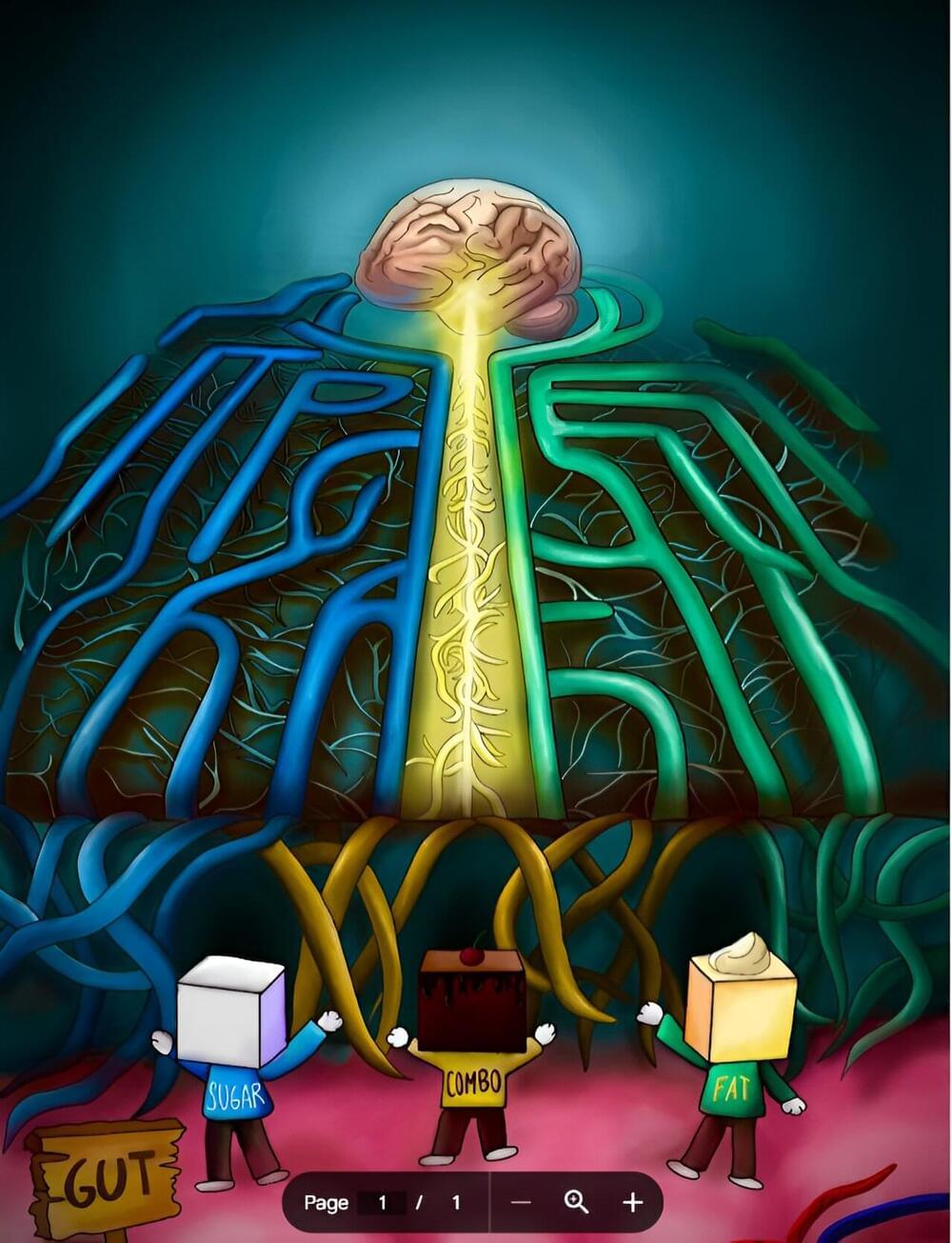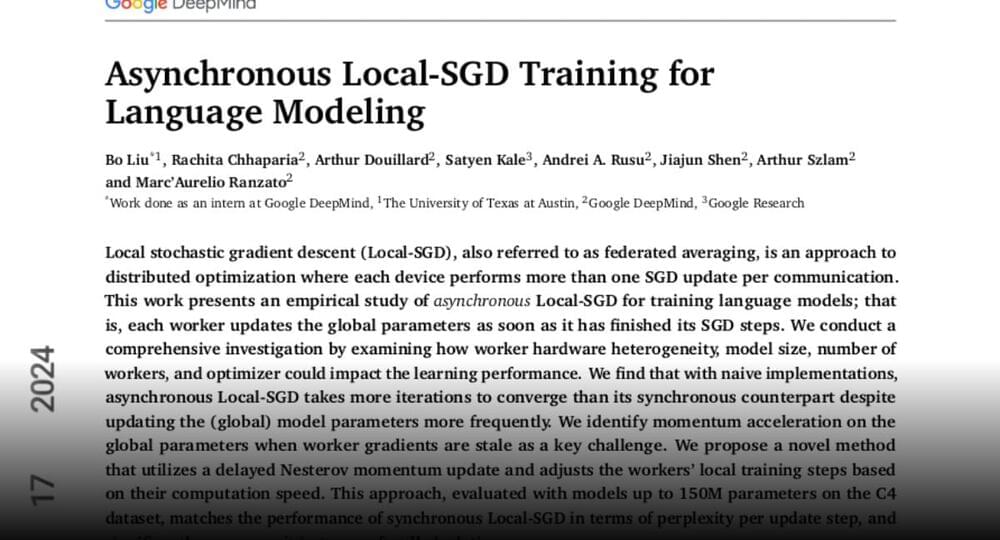Understanding why we overeat unhealthy foods has been a long-standing mystery. While we know food’s strong power influences our choices, the precise circuitry in our brains behind this is unclear. The vagus nerve sends internal sensory information from the gut to the brain about the nutritional value of food. But, the molecular basis of the reward in the brain associated with what we eat has been incompletely understood.
A study published in Cell Metabolism, by a team from the Monell Chemical Senses Center, unravels the internal neural wiring, revealing separate fat and sugar craving pathways, as well as a concerning result: Combining these pathways overly triggers our desire to eat more than usual.
“Food is nature’s ultimate reinforcer,” said Monell scientist Guillaume de Lartigue, Ph.D., lead author of the study. “But why fats and sugars are particularly appealing has been a puzzle. We’ve now identified nerve cells in the gut rather than taste cells in the mouth are a key driver. We found that distinct gut–brain pathways are recruited by fats and sugars, explaining why that donut can be so irresistible.”




